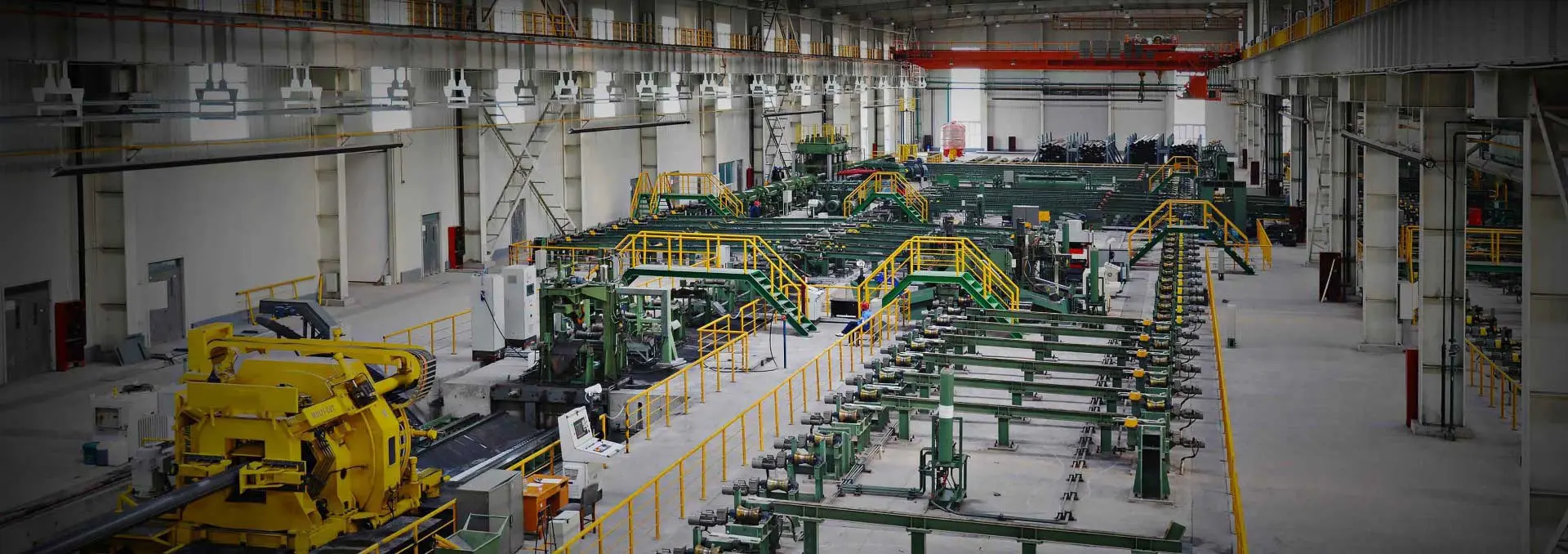Seamless steel pipes (SMLS) are steel pipes without welded seams, manufactured from a solid steel billet or processed through multiple stages such as rolling and stretching. These pipes are highly valued in industries like petroleum, chemicals, aviation, and materials due to their excellent properties, including high strength, wear resistance, corrosion resistance, and the ability to withstand high pressures.
The composition of seamless steel pipe materials primarily includes the following key chemical elements:
Carbon (C):
Carbon content significantly influences the performance of seamless steel pipes. Variations in carbon levels alter the hardness, strength, toughness, and other mechanical properties of the steel. Higher carbon content generally increases the strength but reduces the material's plasticity and toughness. Typically, the carbon content in seamless steel pipes ranges from 0.08% to 0.25%.
Silicon (Si):
Silicon enhances the corrosion resistance, heat resistance, and fluidity of the steel, though it may decrease its plasticity and toughness. The silicon content generally falls between 0.17% and 0.37%. For precision seamless pipes, the silicon level is carefully controlled to maintain a balance between mechanical properties and ease of processing.
Manganese (Mn):
Manganese serves as a vital deoxidizer and desulfurizer in steel production. It improves the strength, hardness, toughness, and impact resistance of the material. In precision seamless steel pipes, the manganese content is precisely controlled to achieve the desired mechanical properties.
Sulfur (S):
Sulfur is often regarded as an undesirable element in steel due to its tendency to decrease plasticity and toughness, increasing brittleness. However, in specific cases, such as with free-cutting steels used in precision seamless pipes, a controlled amount of sulfur is added to enhance machinability.
Phosphorus (P):
Phosphorus is also seen as a harmful element in steel, as it reduces plasticity and toughness, and can increase cold brittleness. Strict control of phosphorus content is required during the production of precision seamless steel pipes to avoid these negative effects.
Chromium (Cr):
Chromium is an essential element that enhances the corrosion resistance and heat resistance of steel. The addition of chromium in alloy steel precision seamless pipes significantly boosts their ability to withstand high temperatures and resist corrosion.
In addition to these core elements, seamless steel pipes may contain other alloying elements, such as molybdenum (Mo), nickel (Ni), and tungsten (W), which are included to improve specific properties. The type and amount of these alloying elements are adjusted based on the intended use and performance requirements of the steel pipe.
Conclusion:
The chemical composition of seamless steel pipes plays a crucial role in determining their performance. During production, it is essential to adjust the chemical makeup to meet specific usage and performance needs, ensuring optimal results. For end-users, understanding the chemical composition of seamless steel pipes can serve as a guide to evaluating their quality and performance, ensuring that they meet the required standards for their intended applications.

 English
English Español
Español




 Tel : +86-18565811709
Tel : +86-18565811709 Email :
Email : 
 News
News




